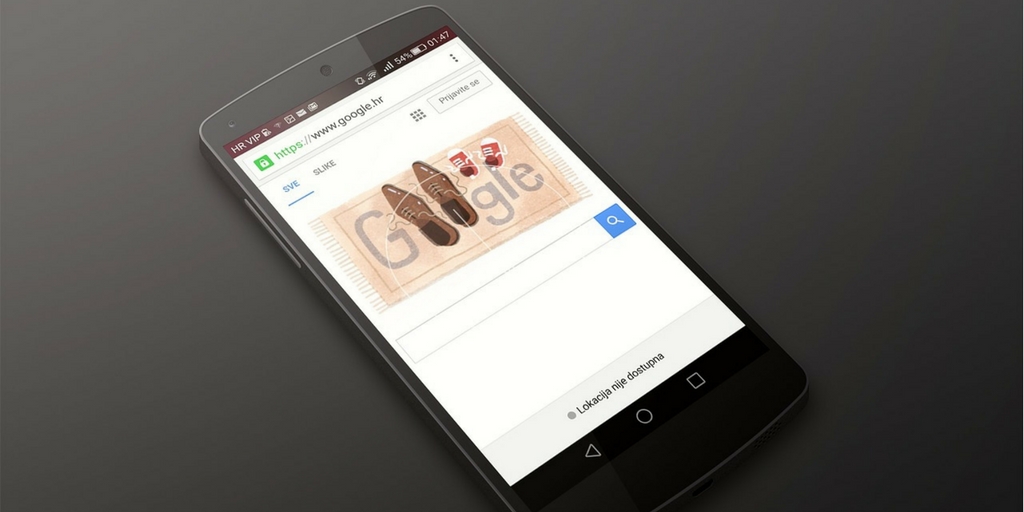How Google’s Mobile-First Index Will Affect B2B Marketers
To stay relevant following Google’s mobile-first approach, marketers need to examine their company’s mobile user experience.
Marketers, take notice: Google’s announcement that it is experimenting with a “mobile-first” search index is a reminder to examine your website content and configuration. The message from the search engine giant is clear: Now is the time to enhance your company’s mobile online experience.
A mobile-first society
The future is pointing toward increasing mobile device use. In 2015, mobile traffic accounted for more than half of internet traffic, and that percentage is growing. Google reported that more searches take place on mobile devices than on desktops. In response to this trend, Google’s new algorithms will rank mobile-friendly web pagers higher in search results than desktop pages.
These days, it’s pretty much a given that your clients and customers own a mobile device and use it quite often in their professional lives. Your site needs to meet the expectations of the viewer, which is to access content easily via mobile. If you fall short of this, you’ll lose credibility and, ultimately, income.
What do B2B marketers need to do?
Google currently uses two indexes to rank search results, 1. desktop pages and 2. mobile pages. If Google makes good on its promise to have a mobile-only index, websites optimized for mobile use will get higher billing at the top of search results, leading to more clicks, more brand recognition, and, ultimately, more sales.
Marketers need to prepare now to ensure a prominent place in Google’s search results. Here are three tips on how to do that.
- Develop a strong working relationship with your webmaster — they are in the experts on the technical side and can keep you abreast of updates and trends in website optimization.
- Conduct an audit of your websites to check for SEO. Use a website such as http://responsivedesignchecker.com/ to give you real-time feedback.
- Become familiar with these three methods of web development:
- Responsive web design – allows website pages to adapt to whatever size screen the viewer is using.
- Dynamic serving – the server responds with different HTML (and CSS) on the same URL depending on the user agent requesting the page
- Mobile-only URL – each desktop URL has an equivalent different URL serving mobile-optimized content
Check here to see how your site is configured.
Google’s tips
Google offers tips to webmasters to make their sites mobile-first. If your site is already optimized for mobile with RWD or is a dynamic-serving site, you shouldn’t need to make any adjustments. But if not, work with your webmaster on the following:
- Serve structured markup for desktop and mobile versions
- Make sure your site is accessible to Googlebot
- Verify both desktop and mobile sites in Google’s Search Console
Should your business website be optimized for mobile searching? The short answer is undoubtedly yes.
Related posts:
- 3 Quick SEO Tips to Improve Your Blog Right Now
- How to Make Your Supply Chain Website Mobile Friendly
- Optimizing Emails for Mobile is a Must-Do



